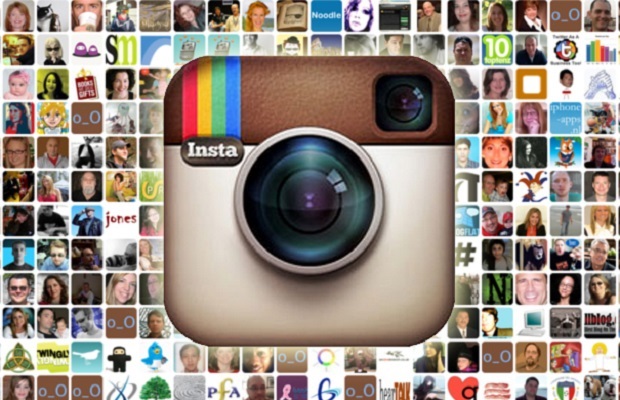Last month, Instagram switched on its advertising API (application programming interface), letting mobile marketers buy ads and plan marketing in a more automated way. Four weeks on, how are the ads comparing to industry benchmarks? New research from ad tech firm Kenshoo uncovers some surprising results…
Previously brands had to talk to Instagram sales people directly, meaning that advertising on the photo sharing network was limited to those with big budgets and plenty of time to negotiate.
With the ads API, brands and agencies will now be able to schedule their campaigns on Instagram in the same way as they do on Facebook and Twitter, coordinating their efforts and getting analytics on how they’re performing.
Now Kenshoo has identified early findings and best practices based on more than 25 active client campaigns (Kenshoo is one of a select few Facebook Marketing Partners granted initial access to the I-nstagram Ads API).
Early performance data:
• Average cost-per-install (CPI): $6.30
• Average click-through rate (CTR): 2.48%
• Average cost-per-click (CPC): $0.51
• Average cost-per-thousand (CPM): $6.70
• CTR 2.5Xs higher than social advertising industry averages
Advertiser best practices:
• Ad copy and creative needs to be unique and compelling; auto-importing ads from Facebook campaigns doesn’t cut it, as they’re difference sizes
• On the other hand, Facebook targeting parameters (such as Lookalike Audiences) are effective in driving ad engagements
• CPM is still low, but this could change as the program expands and competition increases
Analysis
David Zelniker, Product Manager, Kenshoo, said: “It’s obviously early days in the life of Instagram advertising but the initial performance indicators show there is good potential – for example with CTRs around two and half times that of the industry average for social ads.”
“We’ve picked up a number of best practice tips for running successful Instagram advertising by analyzing more than 25 active campaigns from a sampling of global advertisers. We found for example that ad copy and creative needs to be unique and compelling for an Instagram audience. This makes sense because of the audience’s focus on the visual, meaning ads need to be visually appealing and use high-level creative. Ads created for other social platforms may not translate well to Instagram. So auto-importing ads from Facebook campaigns doesn’t cut it, especially as they’re different sizes anyway.
“On the other hand, Facebook targeting parameters (such as Lookalike Audiences – which creates a new list of Facebook users that share similar interests and demographics to your existing targets) are effective in driving ad engagements.
“CPM is still low compared with other social platforms, so there is an opportunity for early Instagram advertisers. But this could change as the program expands and competition increases.
“Overall it’s going to be important for Instagram advertisers to be prepared to invest time and resources to testing and optimizing their ads and ad targeting based on performance data to help them learn what works and what doesn’t work on the platform.”

